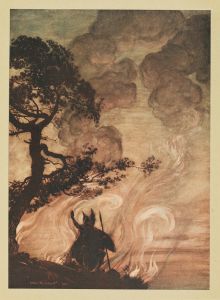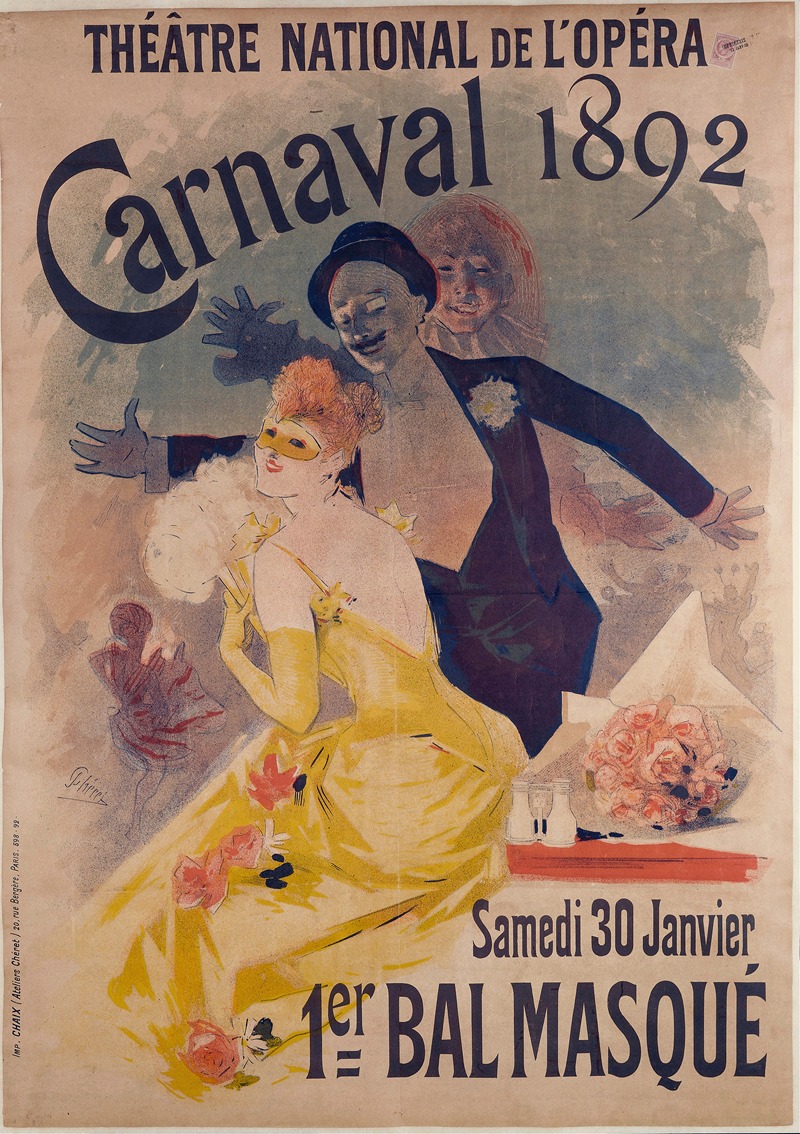
Theatre National De L’opera Carnaval 1892
A hand-painted replica of Jules Chéret’s masterpiece Theatre National De L’opera Carnaval 1892, meticulously crafted by professional artists to capture the true essence of the original. Each piece is created with museum-quality canvas and rare mineral pigments, carefully painted by experienced artists with delicate brushstrokes and rich, layered colors to perfectly recreate the texture of the original artwork. Unlike machine-printed reproductions, this hand-painted version brings the painting to life, infused with the artist’s emotions and skill in every stroke. Whether for personal collection or home decoration, it instantly elevates the artistic atmosphere of any space.
Jules Chéret, a pivotal figure in the development of poster art, created "Theatre National De L’opera Carnaval 1892" as part of his extensive work in advertising and graphic design during the late 19th century. Chéret, often referred to as the "father of the modern poster," was instrumental in transforming the streets of Paris into vibrant galleries of art through his colorful and dynamic lithographs.
"Theatre National De L’opera Carnaval 1892" is a quintessential example of Chéret's style, which combined elements of fine art with commercial appeal. This particular work was designed to promote the Carnaval season at the Théâtre National de l'Opéra in Paris, a time of festive celebration and elaborate performances. The poster captures the essence of the Carnaval with its lively imagery and vivid colors, characteristics that Chéret was renowned for.
Chéret's posters were known for their ability to capture the viewer's attention through the use of bold colors and playful compositions. In "Theatre National De L’opera Carnaval 1892," Chéret employs these techniques to great effect, depicting figures in motion, adorned in elaborate costumes, which convey a sense of joy and excitement. The use of bright hues and dynamic lines creates a sense of movement and energy, drawing the viewer into the festive atmosphere of the Carnaval.
The Théâtre National de l'Opéra, now known as the Palais Garnier, was one of the most prestigious venues in Paris, hosting a variety of operatic and ballet performances. During the Carnaval season, the theater would have been a hub of activity, attracting audiences eager to partake in the cultural festivities. Chéret's poster not only served as an advertisement for these events but also as a piece of art that encapsulated the spirit of the time.
Jules Chéret's contribution to the art of the poster was significant, as he elevated the medium to new heights, blending artistic expression with commercial purpose. His work laid the groundwork for future generations of graphic designers and artists, influencing movements such as Art Nouveau. Chéret's innovative approach to design, characterized by his use of color, composition, and typography, set a standard for visual communication that continues to resonate today.
"Theatre National De L’opera Carnaval 1892" is a testament to Chéret's skill and creativity, reflecting both the cultural vibrancy of late 19th-century Paris and the transformative power of art in public spaces. Through his posters, Chéret not only advertised events but also contributed to the visual culture of the city, leaving a lasting legacy that continues to be celebrated in the history of graphic design.





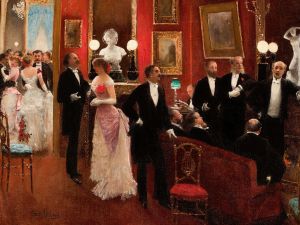
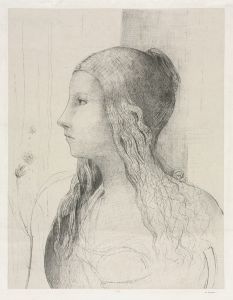
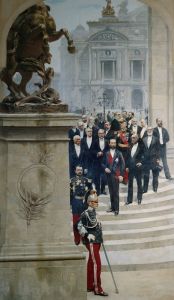
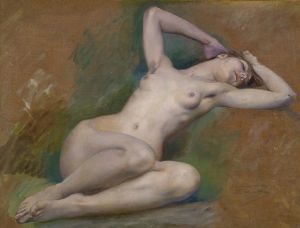
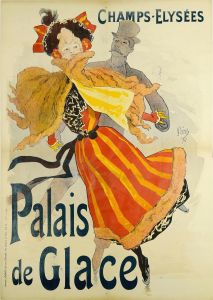
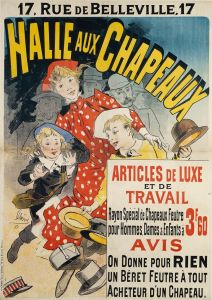
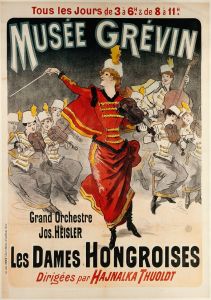
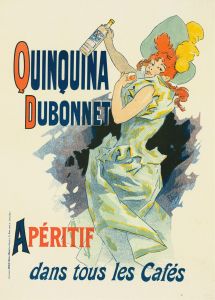
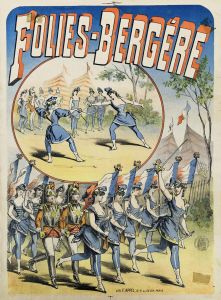
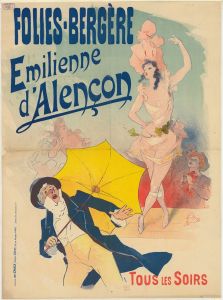
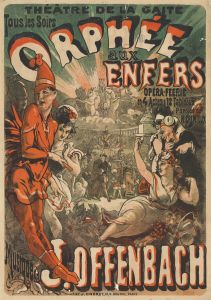
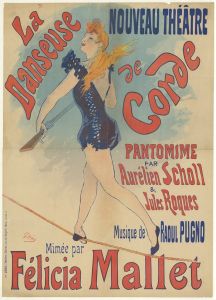
![Designs for Exhibition of Applied Arts Building, New York World’s Fair, 1939.] [Study for front of the building](/imgs/249314/s/winold-reiss-designs-for-exhibition-of-applied-arts-building-new-york-worlds-fair-1939-study-for-front-of-the-building-d3e93639.jpg)
